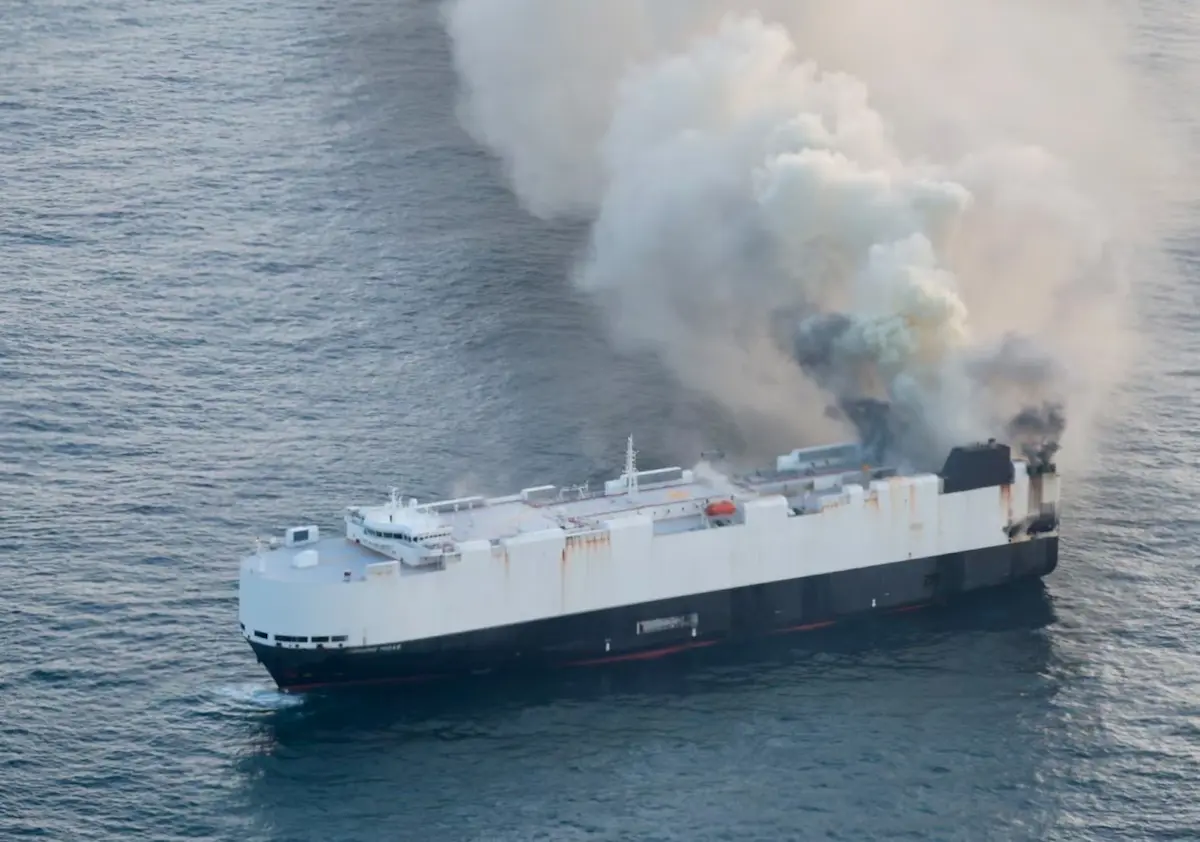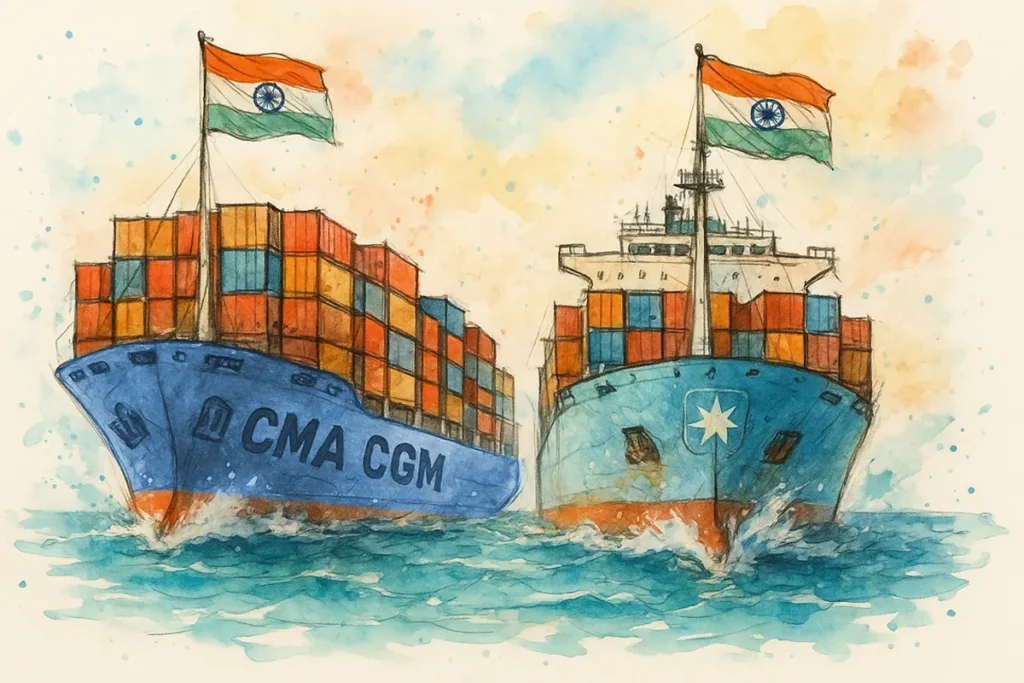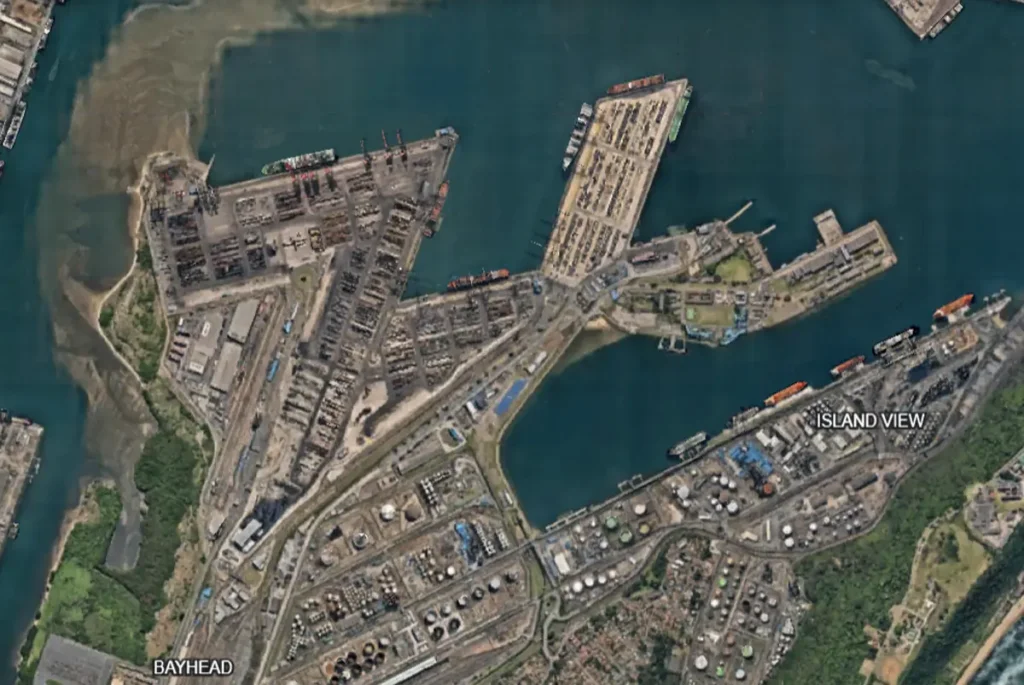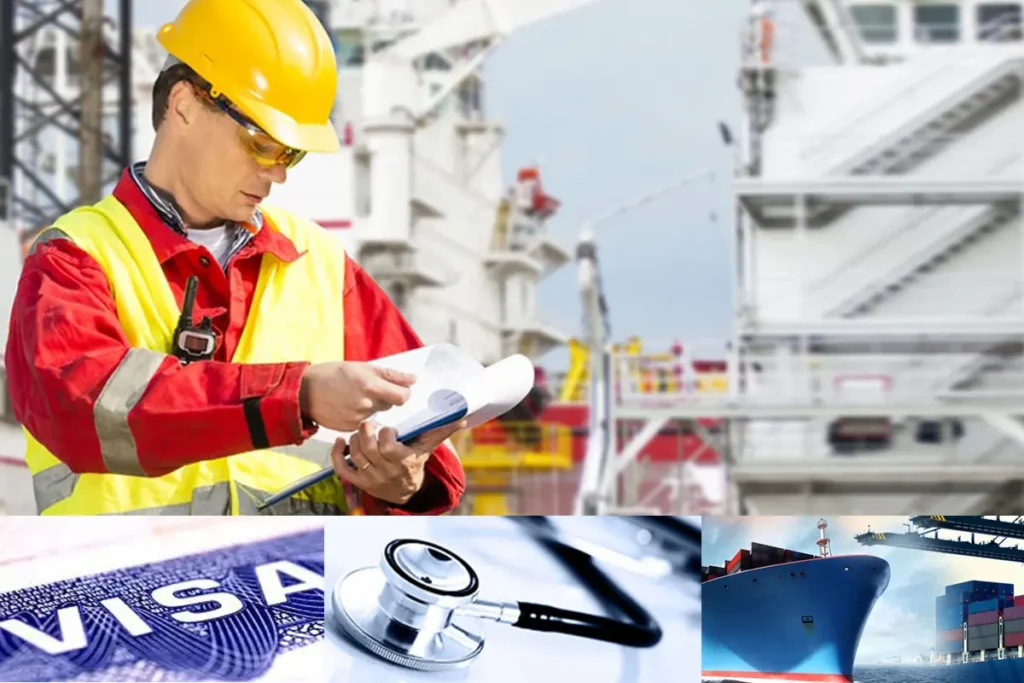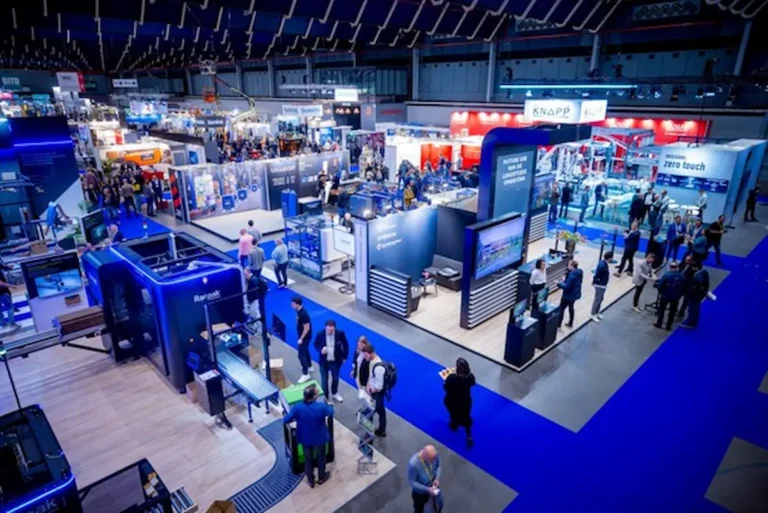On the morning of 3rd June 2025, a quiet but growing concern in the maritime industry burst quite literally into flame—when the Morning Midas, a Zodiac Maritime-managed car carrier ship, caught fire in the North Pacific Ocean, approximately 300 miles south of Adak, Alaska..
The Liberian-flagged ship was on its way from Yantai, China, to Lázaro Cárdenas, Mexico, crewed by 22 seafarers carrying approximately 3,000 vehicles, including around 800 battery-powered Electric Vehicles (EVs) and hybrids..
The fire, which reportedly began on the deck housing EVs, quickly grew beyond the crew’s control and despite deploying the onboard CO₂ suppression systems, the blaze could not be contained, leading to a full crew evacuation..
All 22 seafarers were reportedly rescued by the nearby Cosco Hellas with no injuries reported..
But the fire itself is still burning.. And so are the questions it ignited across the shipping, insurance, and regulatory communities..
🚢 A thermal storm
Lithium-ion batteries have long been under scrutiny in the logistics sector, especially when shipped at scale.. Their energy density, while a boon for electric mobility, also poses a fire hazard due to the risk of thermal runaway.. Combine that with a tight, multi-deck car carrier configuration, and you have the perfect conditions for an incident like this..
While the exact cause is still under investigation, Zodiac Maritime acknowledged that smoke originated from the EV deck.. The Morning Midas was carrying 65 fully electric vehicles and more than 680 hybrids, making this the most high-profile EV-related maritime fire since the Felicity Ace sank in 2022..
🛟 A successful evacuation
The swift response by the U.S. Coast Guard and nearby vessels saved lives—no small feat, considering the remoteness of the incident.. The ship was drifting roughly 300 nautical miles southwest of Adak, Alaska, a harsh and unforgiving zone for maritime rescue..
However, attention has shifted from the human safety angle to the more systemic one: how do we prepare for, mitigate, and respond to fires involving EVs at sea..??
With more manufacturers transitioning to battery-electric and hybrid vehicles, EV cargo is becoming the norm, not the exception.. And that means this isn’t a one-off.. It’s a signal..
⚠️ The invisible risks of evolving cargo
Many fire safety protocols onboard Ro-Ro and PCTC (Pure Car and Truck Carrier) vessels were not designed with EVs in mind.. Fire suppression systems like CO₂ flooding may not be sufficient for high-temperature, self-sustaining battery fires..
According to Special Provision 961 of the International Maritime Dangerous Goods (IMDG) Code (2022 Edition, Volume 2), vehicles powered solely by lithium-ion batteries—or hybrid electric vehicles with both lithium batteries and combustion engines—are not subject to the full provisions of the Code, provided specific safety conditions are met..
These include stowage in approved vehicle decks under SOLAS regulations, batteries being securely installed and undamaged, and compliance with the lithium battery testing standards outlined in section 2.9.4 (UN Manual of Tests and Criteria, Subsection 38.3)..
This regulatory exemption has allowed many electric vehicles to be treated as non-dangerous goods in maritime transport, though it remains conditional and not automatic..
There’s also a documentation and transparency issue: in many cases, vessel operators may not know how many EVs (or hybrids) are onboard—or where they are stowed—if the manifest does not clearly indicate this.. That creates risk blind spots for vessel planners, fire teams, and responders..
🌊 Environmental and financial fallout
Aside from the safety risk, the environmental implications are significant.. The Morning Midas was reportedly carrying over 1,800 tonnes of fuel.. Any structural breach from the fire could lead to a marine spill—a devastating scenario in the ecologically sensitive Bering Sea region..
The complexity of the supply chain for transporting EVs means that multiple parties could potentially bear responsibility in the event of an incident.. Determining liability can be challenging, involving manufacturers, shippers, charterers, and others.. This complexity underscores the need for clear regulations and agreements to manage risks associated with transporting lithium-ion batteries by sea..
On the financial side, the loss of cargo (if total) and potential vessel write-off will lead to insurance claims potentially running into tens of millions of dollars.. Maritime underwriters have already begun reassessing risk premiums for EV-carrying vessels..
📣 Are we ready for the next one..??
What happened to the Morning Midas, while tragic, is not surprising.. The EV transition is well underway, but maritime transport hasn’t caught up with it in terms of regulation, technology, or readiness..
If left unaddressed, the maritime industry could see more such incidents, each with escalating consequences—both environmental and human.. The solution lies in industry-wide collaboration: between OEMs, shipping lines, insurers, safety bodies, and classification societies..
Because in the end, fire doesn’t care if the vehicle was zero-emission.. It only needs one weak link to spark a catastrophe..

